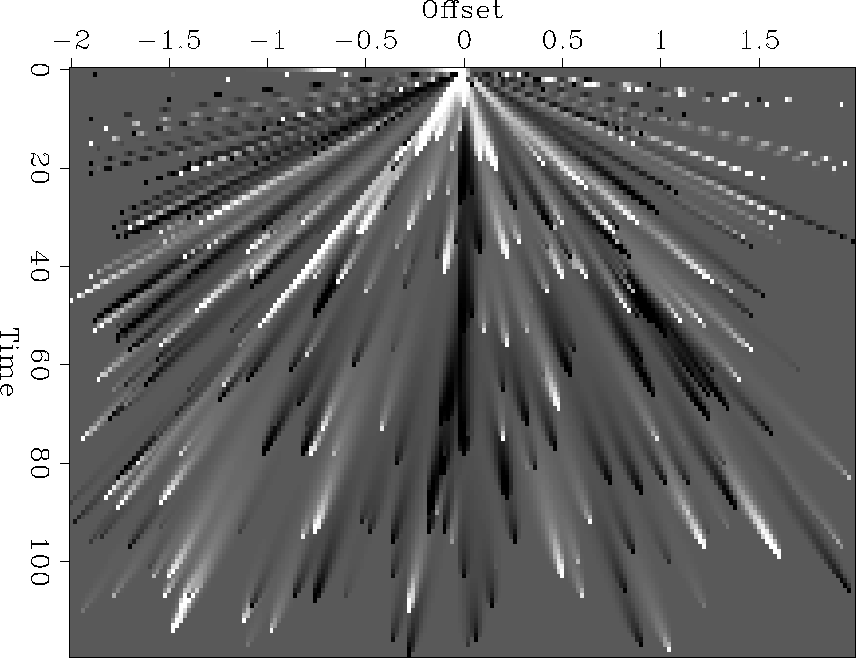|
bob
Figure 1 Radial smoothing. Panel shows result of smoothing random scattering of dots with the adjoint radial steering operator. The forward operator points out from the origin. Figure borrowed from Clapp (1999). |  |
|
bob
Figure 1 Radial smoothing. Panel shows result of smoothing random scattering of dots with the adjoint radial steering operator. The forward operator points out from the origin. Figure borrowed from Clapp (1999). |  |